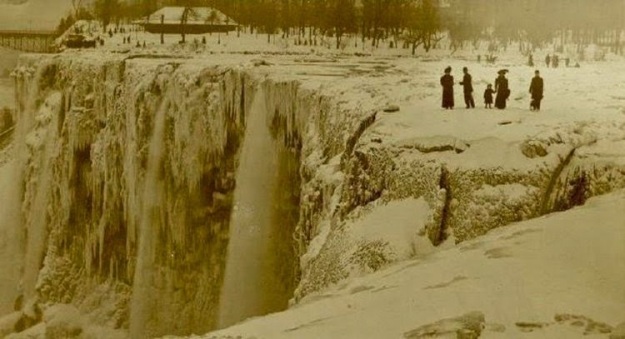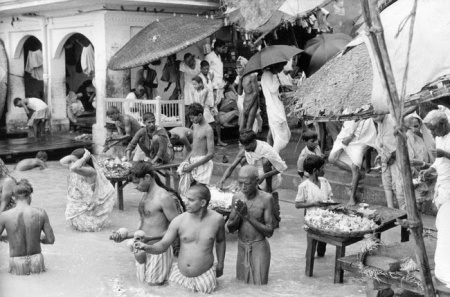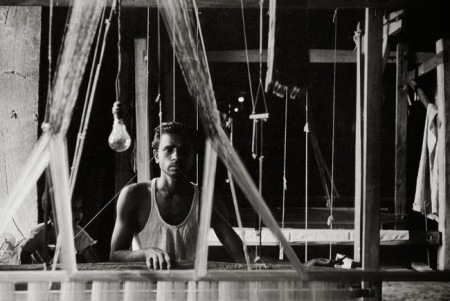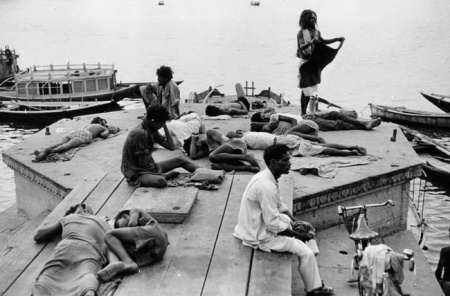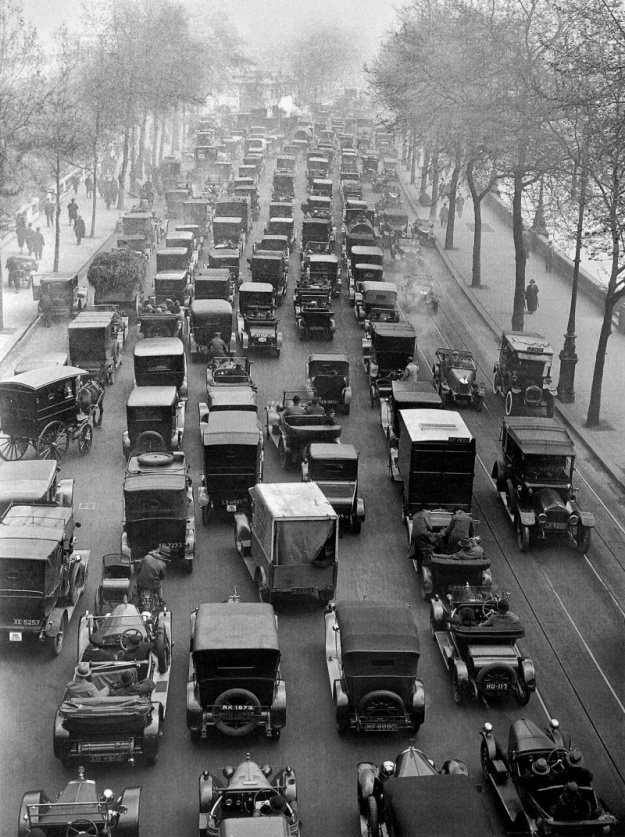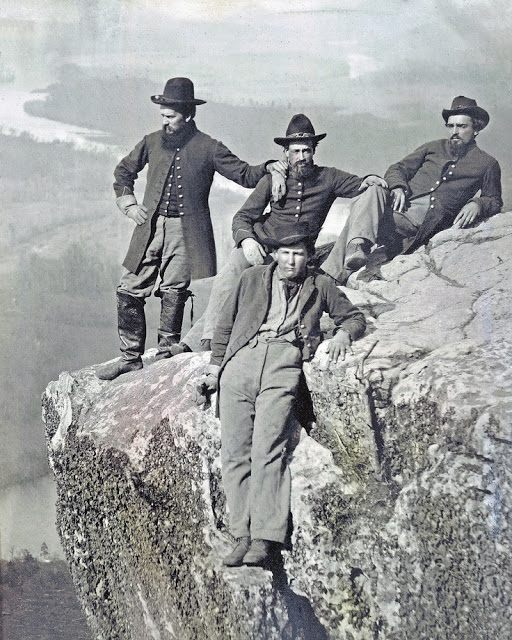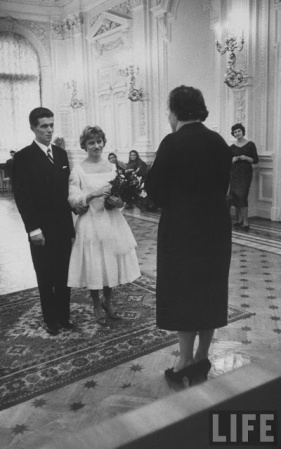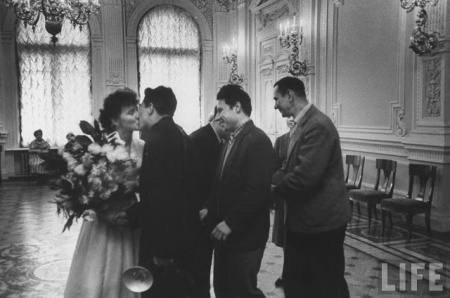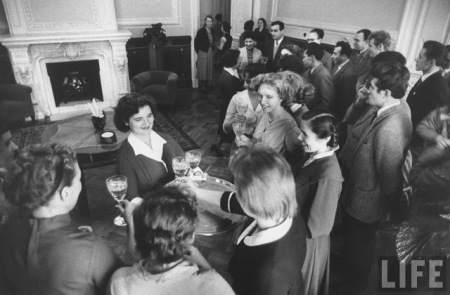
Snake charmers, India, 1889
India, at the end of the 19th century, was dependent relations with the British Empire and the East India Company, a joint-stock company, formed in 1617 by Britain and England to pursue trades specifically with East India. India then, even now, in most of its cities, is known to be nation of extreme poverty, lack of sanitation, high mortality, colonial exploitation, and massive disparities between the wealthy and poor.
However, when the British came, they claimed themselves as enlighteners of the East and regarded Western culture as the superior one. Britain opened India to the industrial revolution and raised the level of education in the country. Railways, canals, telegraph — all these inventions were introduced immediately as they first appeared in Western countries.
Having learned the history of French and American colonies in newly built schools, many Indians soon began to understand that they, too, can fight for democracy and freedom.
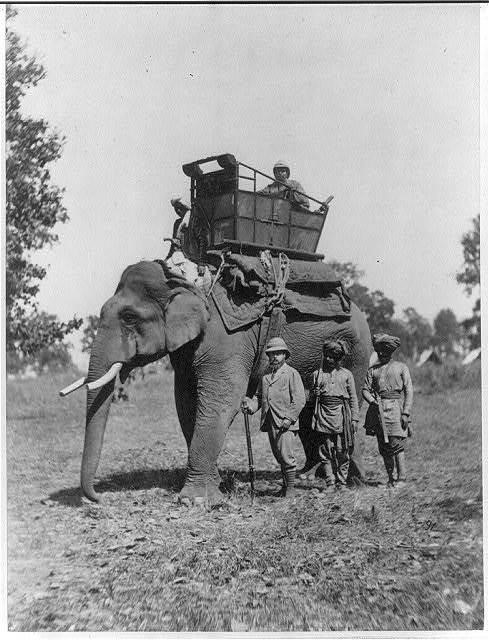
H.R.H. The Prince of Wales and an elephant, Terai, 1875-1876
The East India Company was a major player at cotton, silk, indigo dye, saltpeter, and tea trading markets. In an attempt to break Chinese monopoly, tea was introduced into India at the end of the 19th century. The British government was giving out the land of Assam, the Indian state, to any European, who agreed to cultivate tea for export. At the time, only Europeans and Europeanized Indians consumed tea until the Indian Tea Board conducted a successful advertising campaign in the 1920’s.
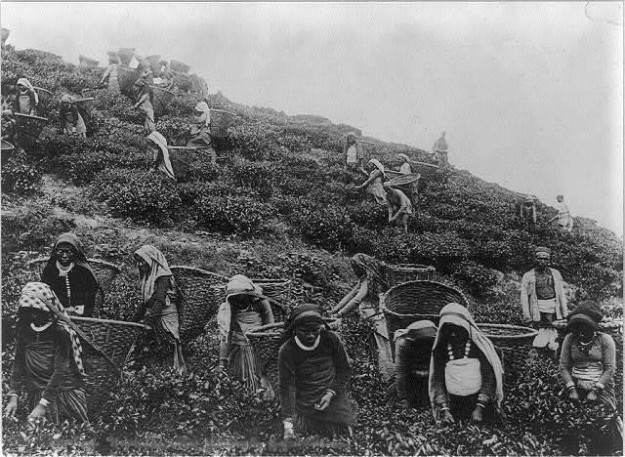
Tea pickers in the Himalayas, India, 1890.
The tradition of Royal Hunt emerged when the Mughal Emperor Jalal-ud-Din Muhammad Akbar ruled the Mughal Empire in the 16th century. He had a passion for so-called ‘big game.’ Later, it became a favorite entertainment for the Rajas, since it was a showcase of bravery, power, and wealth with a tiger being the ultimate trophy.
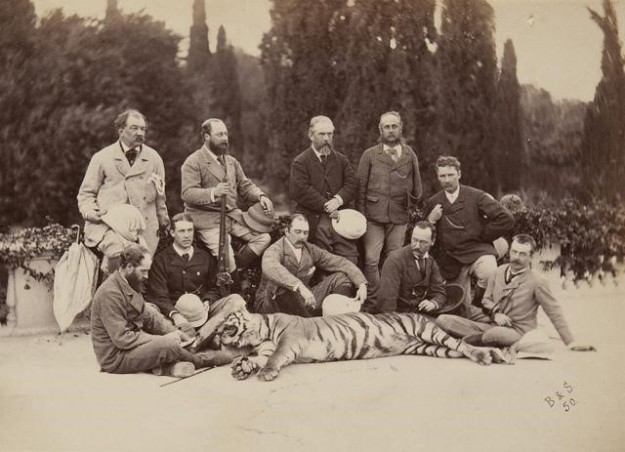
Hunters, 1875.
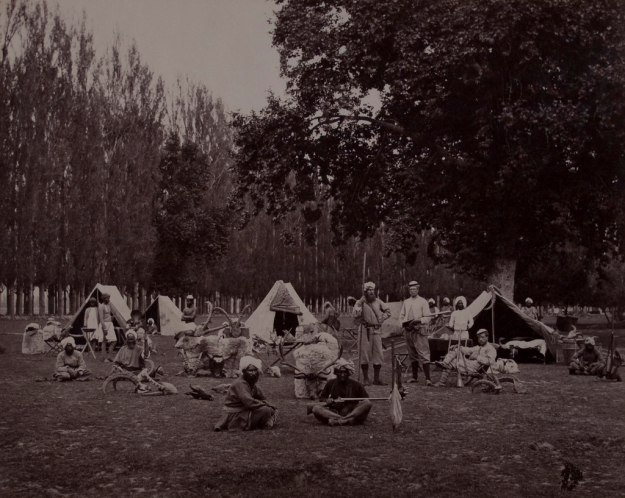
A shooting party in Camp Srinuggar, Kashmir. 1964.
The controversy about the impact of the The East India Company to the natives of India does not cease to this day. Generally, colonization inevitably brings a lot of suffering to its subjects. However, even if some viewed it to be economic exploitation, the colonization brought an industrial revolution to this country.
Article courtesy: Picryl
Collection: India under British Rule

